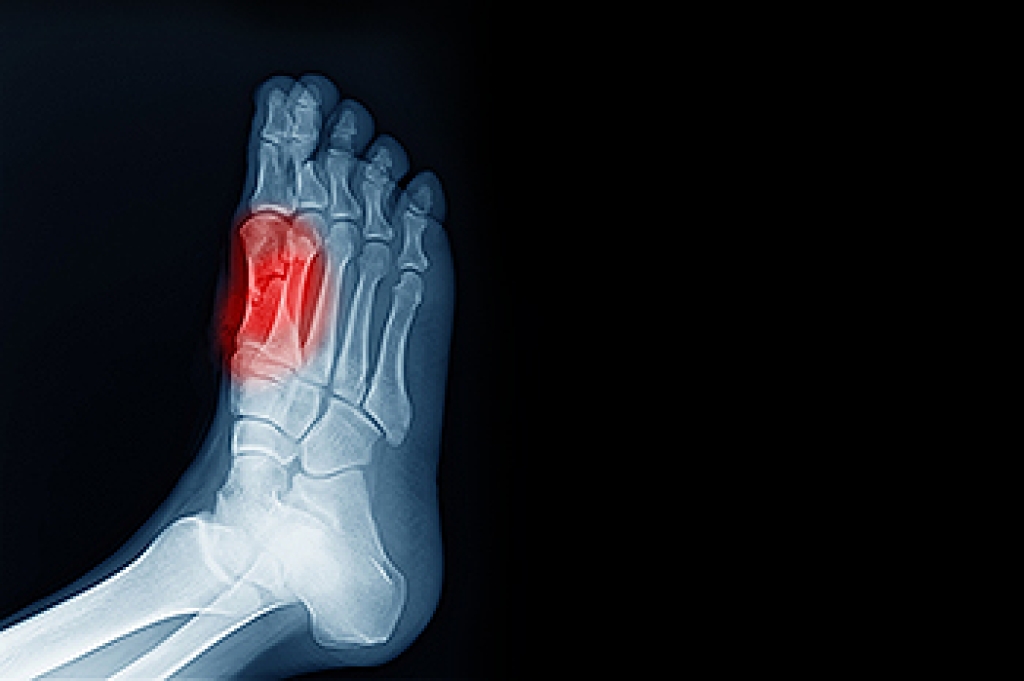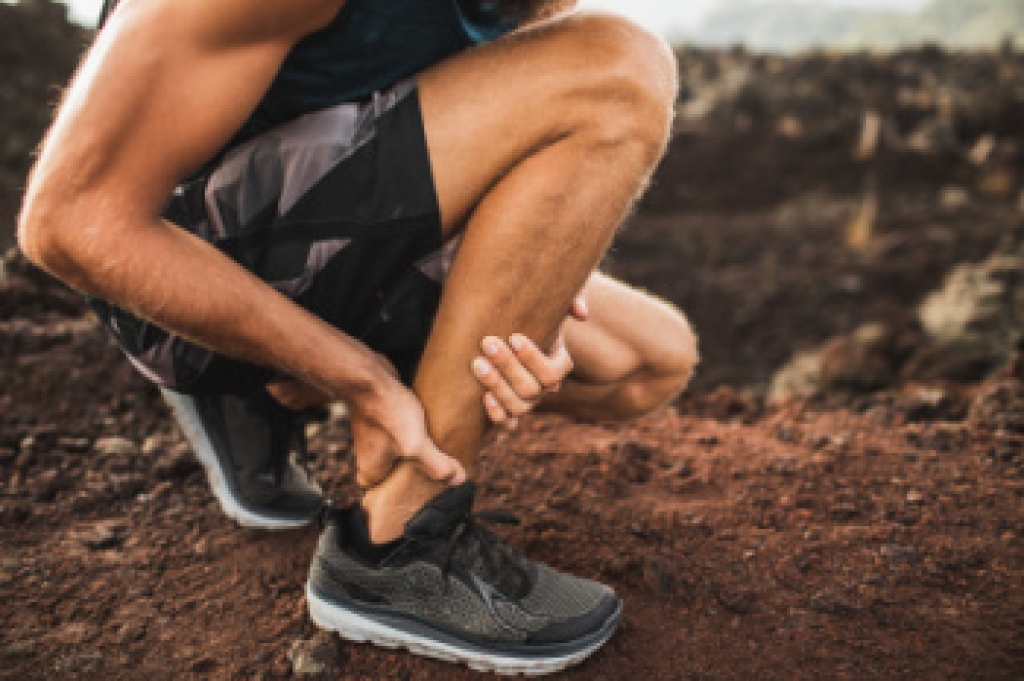 Are you tired of hiding your toes in the sand? Are your toenails beginning to discolor, thicken, or crumble? This could be the beginning of toenail fungus. Fungi are nearly everywhere, and they particularly love dark, moist, and warm places, like inside your shoes. Healthy feet depend on healthy hygiene, so it’s important to keep your toes clean and dry. Cut your toenails straight across with a sanitized nail clipper. Wear breathable, properly fitted shoes and socks. Your toenails should never be touching your shoes. It also helps to alternate your shoes. If your feet sweat and your shoes are damp, it's time to go to the next pair while the other pair dries. Avoid going barefoot in public places, especially in locker rooms, showers, and pools. If you have tried at-home remedies to clear your toenail fungus and it keeps returning, it may be time to follow up with your local podiatrist.
Are you tired of hiding your toes in the sand? Are your toenails beginning to discolor, thicken, or crumble? This could be the beginning of toenail fungus. Fungi are nearly everywhere, and they particularly love dark, moist, and warm places, like inside your shoes. Healthy feet depend on healthy hygiene, so it’s important to keep your toes clean and dry. Cut your toenails straight across with a sanitized nail clipper. Wear breathable, properly fitted shoes and socks. Your toenails should never be touching your shoes. It also helps to alternate your shoes. If your feet sweat and your shoes are damp, it's time to go to the next pair while the other pair dries. Avoid going barefoot in public places, especially in locker rooms, showers, and pools. If you have tried at-home remedies to clear your toenail fungus and it keeps returning, it may be time to follow up with your local podiatrist.
For more information about treatment, contact one of our podiatrists of APEX Foot & Ankle Center. Our doctors can provide the care you need to keep you pain-free and on your feet.
Toenail Fungus Treatment
Toenail fungus is a condition that affects many people and can be especially hard to get rid of. Fortunately, there are several methods to go about treating and avoiding it.
Antifungals & Deterrence
Oral antifungal medicine has been shown to be effective in many cases. It is important to consult with a podiatrist to determine the proper regiment for you, or potentially explore other options.
Applying foot powder on the feet and shoes helps keep the feet free of moisture and sweat.
Sandals or open toed shoes – Wearing these will allow air movement and help keep feet dry. They also expose your feet to light, which fungus cannot tolerate. Socks with moisture wicking material also help as well.
If you have any questions please contact our offices located in Fort Myers, Shellpoint, and Naples, FL . We offer the newest diagnostic and treatment technologies for all your foot and ankle needs.



